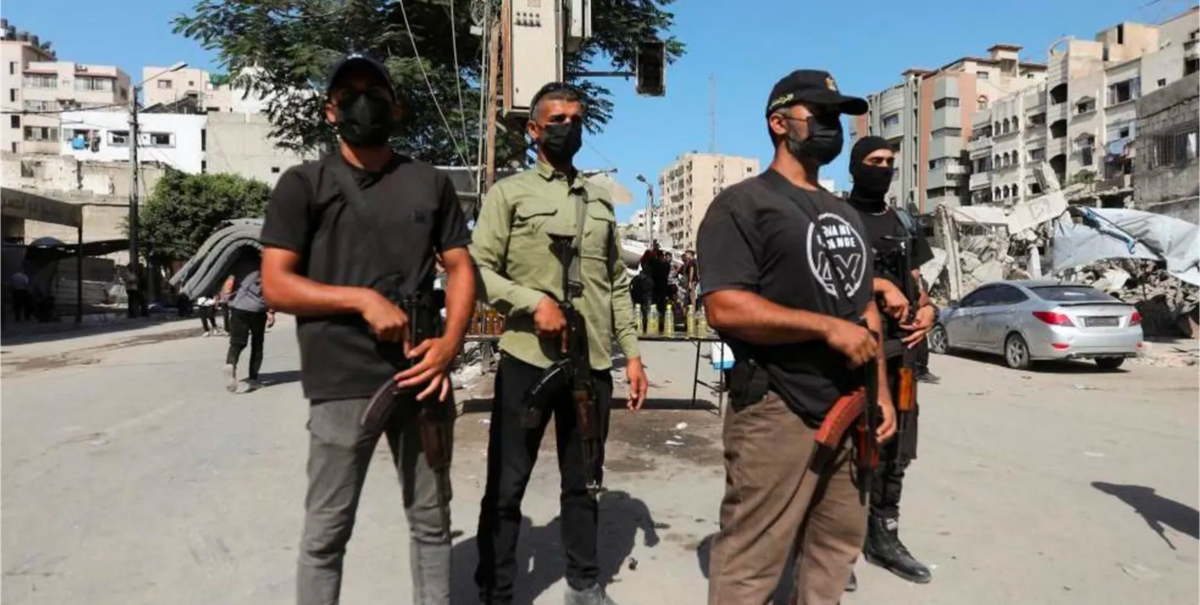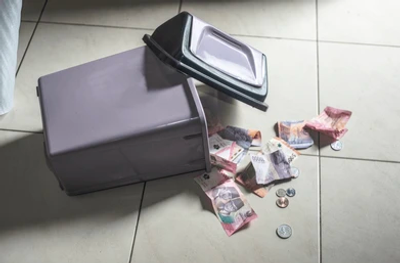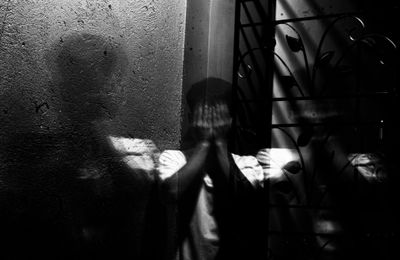
Following the recent withdrawal of Israeli forces from parts of Gaza, Hamas has recalled approximately 7,000 security personnel in an effort to reassert control over the territory, according to local reports.
As part of this renewed mobilization, the group has appointed five new governors, each with a military background. Some of the appointees previously commanded brigades in Hamas's armed wing.
The recall order, reportedly communicated via text messages and phone calls, instructed fighters to return within 24 hours. The message stated the objective was to "cleanse Gaza of outlaws and collaborators with Israel."
According to sources in Gaza, Hamas units have already taken positions across several neighborhoods. Some operatives are reportedly wearing civilian clothing, while others are donning the blue uniforms of Gaza’s police force.
Tensions quickly escalated after two members of Hamas’s elite force were gunned down in Gaza City’s Sabra district by members of the powerful Dughmush clan. One of the victims was the son of Imad Aqel, a senior commander in Hamas’s armed wing and the current head of its military intelligence. The bodies of the victims were left in the street, triggering widespread anger and fears of a violent retaliation.
In response, Hamas forces encircled a large area believed to contain over 300 Dughmush gunmen. These fighters were reportedly heavily armed with machine guns and improvised explosives.
By the next morning, Hamas had killed one member of the Dughmush clan and allegedly abducted around 30 others. Some of the clan's weaponry is believed to have been looted from Hamas depots during the war, while other arms had long been in their possession.
This crackdown comes amid mounting uncertainty over who will govern Gaza following the cessation of hostilities, a matter that could significantly hinder the implementation of the next phase of US President Donald Trump's peace initiative, which calls for Hamas to disarm.
While a Hamas official based abroad refused to directly confirm the deployment, he told reporters: "We cannot leave Gaza at the mercy of thieves and militias backed by the Israeli occupation. Our weapons are legitimate... to resist occupation, and they will remain as long as the occupation continues."
A former Palestinian Authority security officer, who served in Gaza for years, expressed concern that the territory is on the verge of renewed internal conflict.
"Hamas hasn't changed. It still believes that weapons and violence are the only means to keep its movement alive," he told reporters.
He warned of the dangerous mix of arms and instability: "Gaza is flooded with arms. Looters have stolen thousands of weapons and rounds of ammunition from Hamas stores during the war, and some groups have even received supplies from Israel.
"This is a perfect recipe for civil war: weapons, frustration, chaos, and a movement desperate to reassert control over a shattered and exhausted population."
Khalil Abu Shammala, a Gaza-based human rights advocate, noted the widespread public fear of internal conflict and questioned whether Hamas would allow a transfer of power on the ground.
"There is undoubtedly widespread fear among many Gazans of potential internal fighting, given the many conditions that could fuel it," he said.
He added that Hamas had likely accepted the peace plan under intense pressure: "I believe its continued attempts to maintain influence by any means, including involvement in security affairs, could ultimately jeopardise the agreement and plunge Gaza's residents into even greater suffering."
These developments, coming in the wake of this week’s ceasefire, have deeply unsettled an already war-weary population in Gaza, worn down by two years of relentless conflict.













Carne Lee
Leave a Comment
Your email address will not be published.